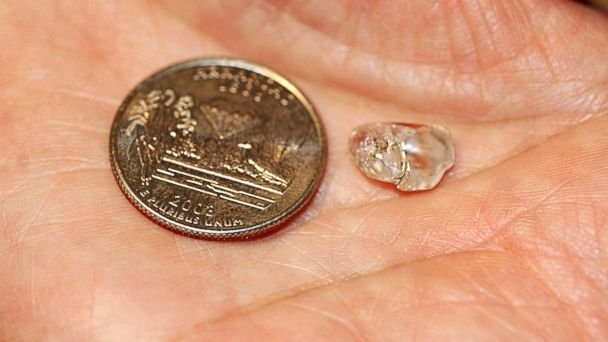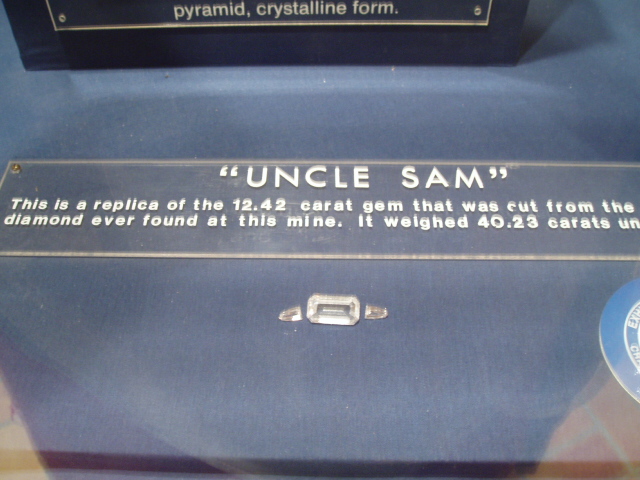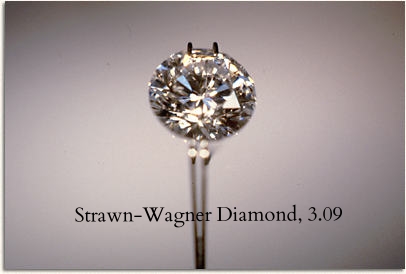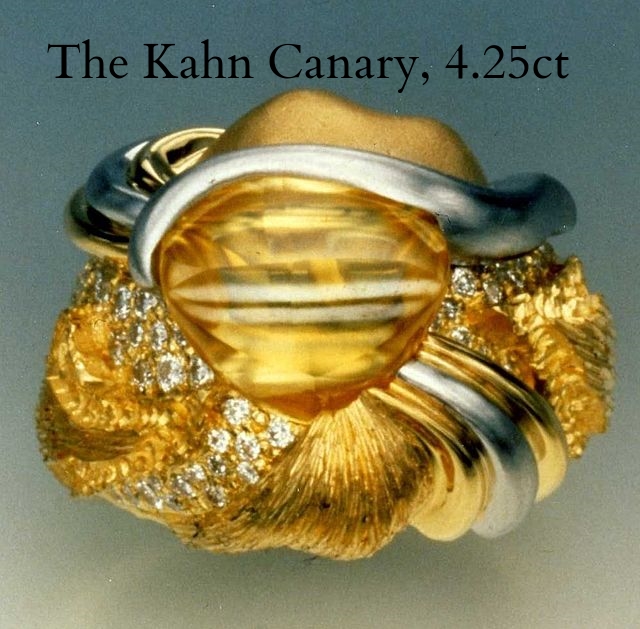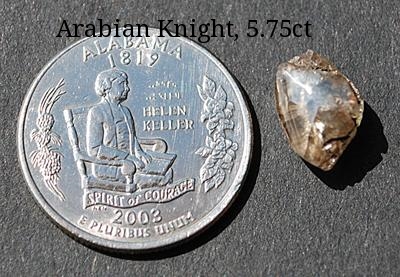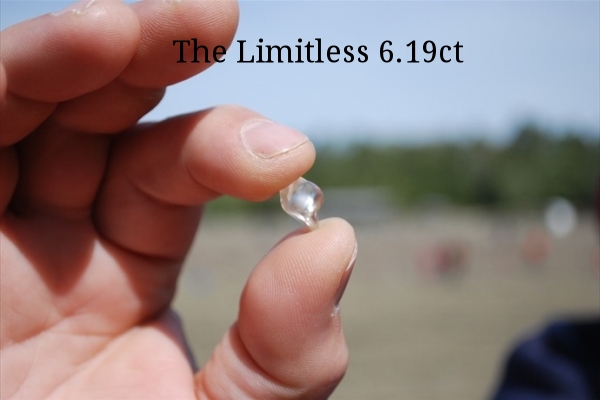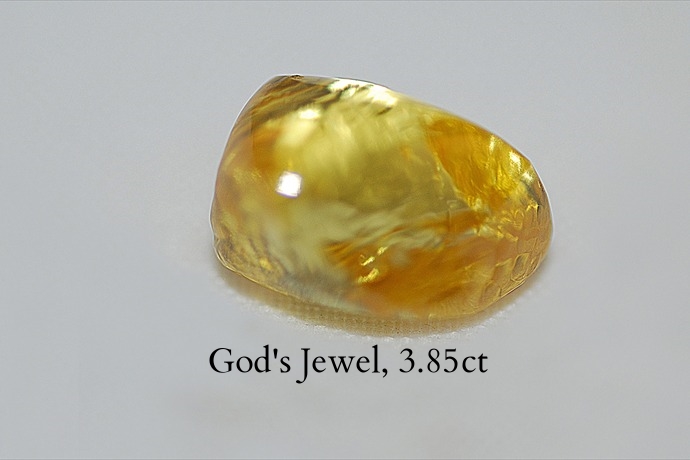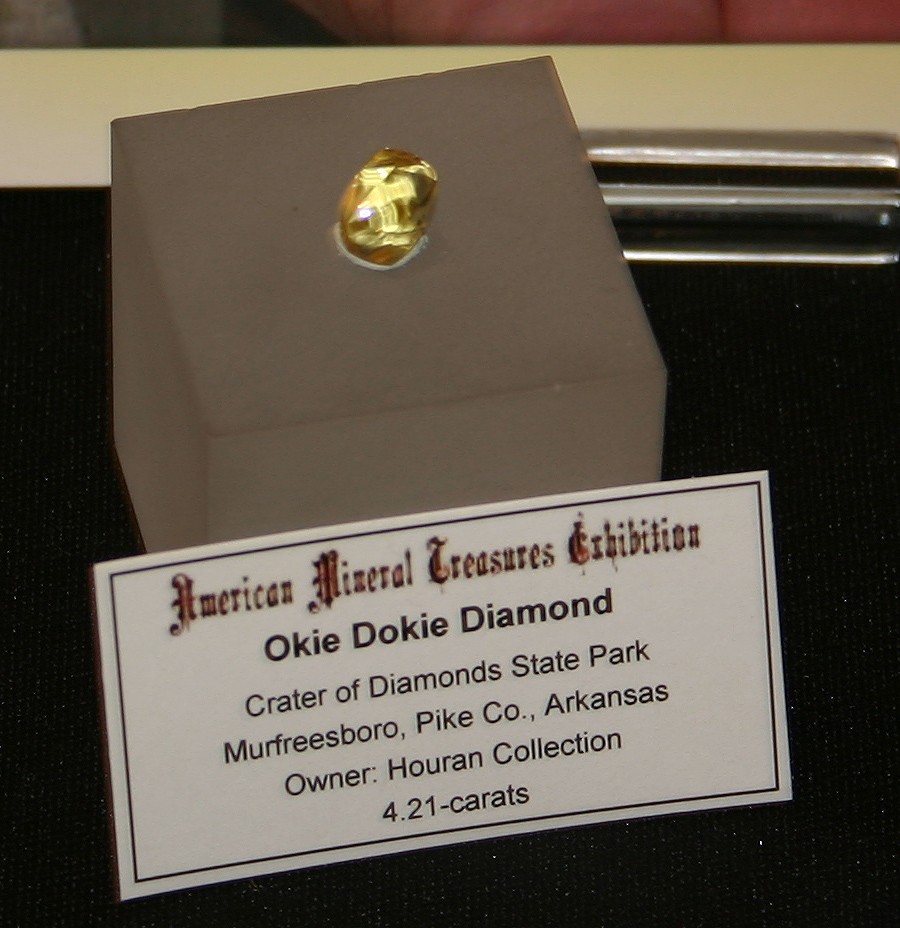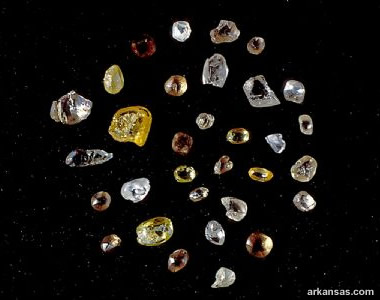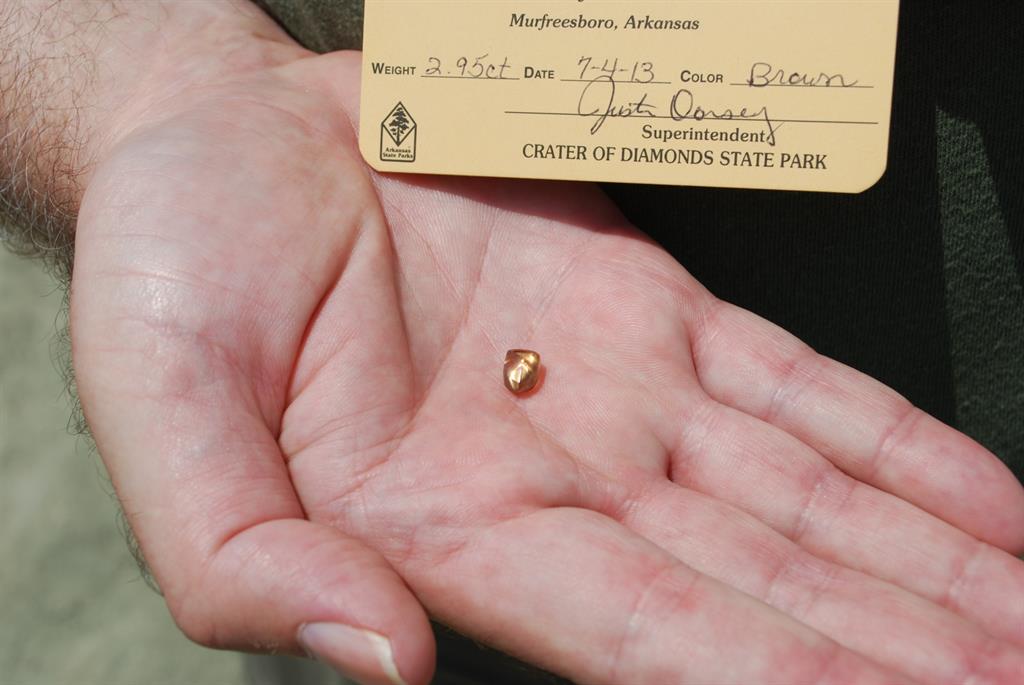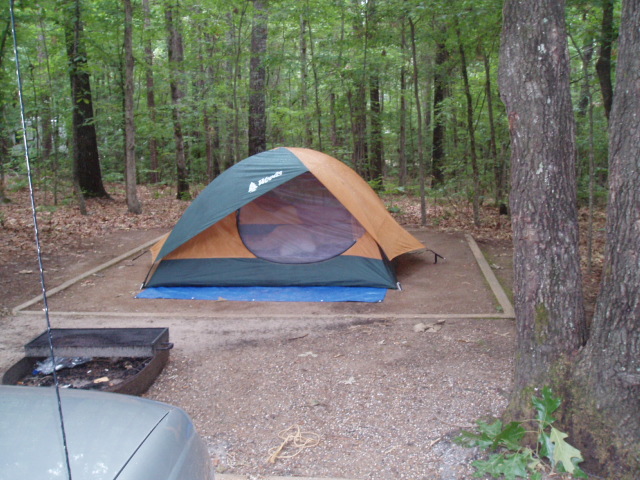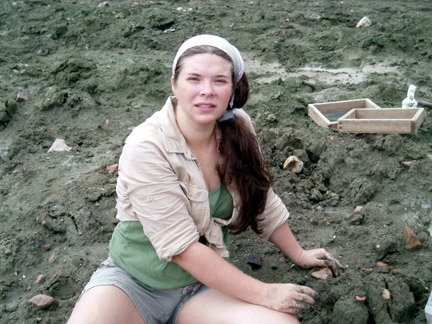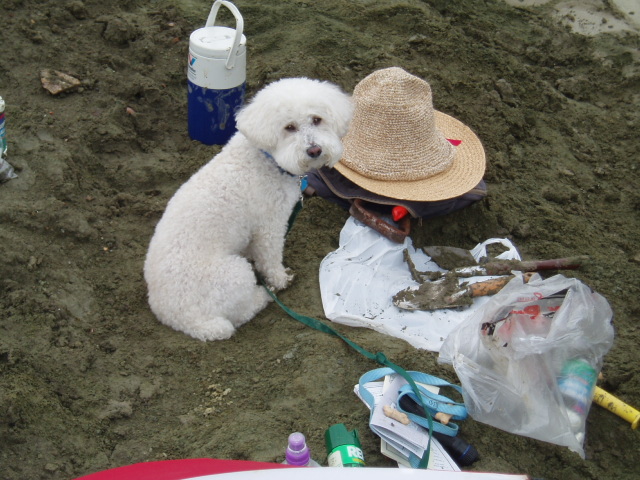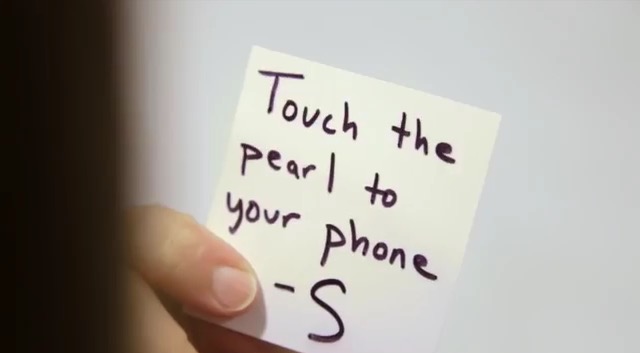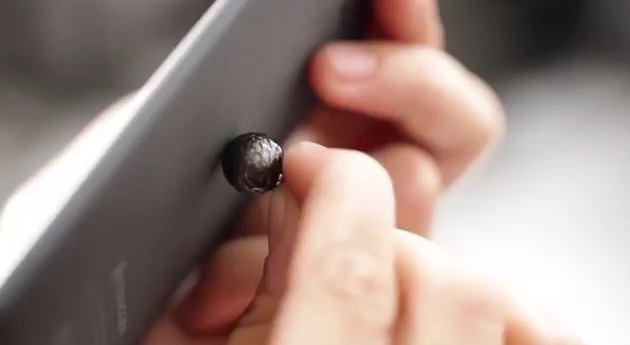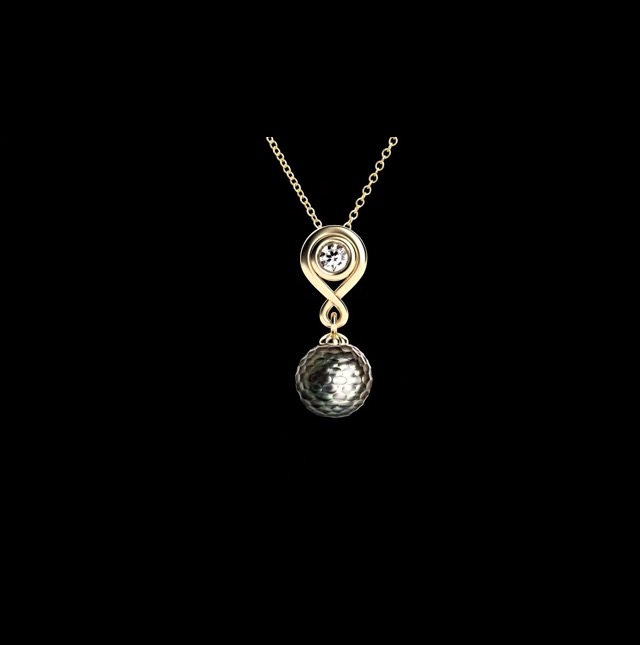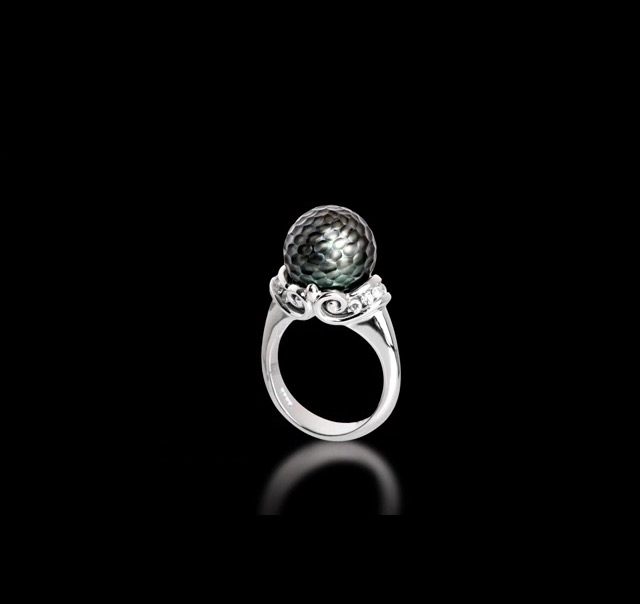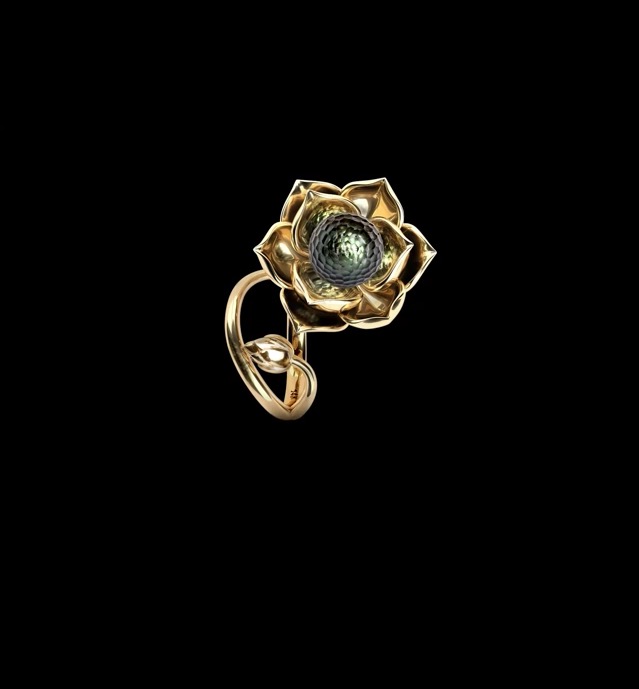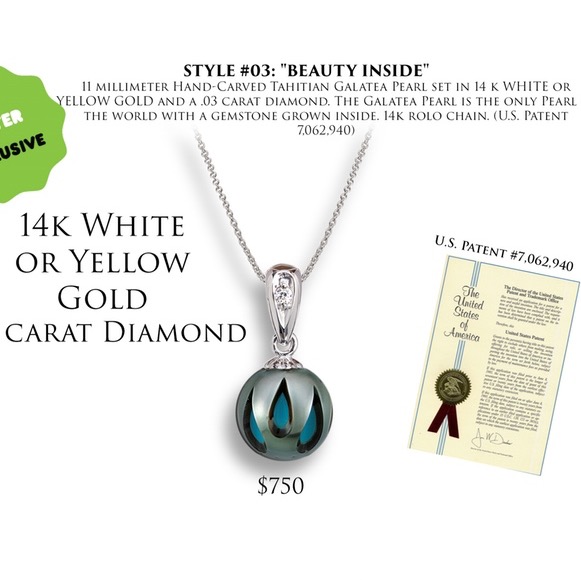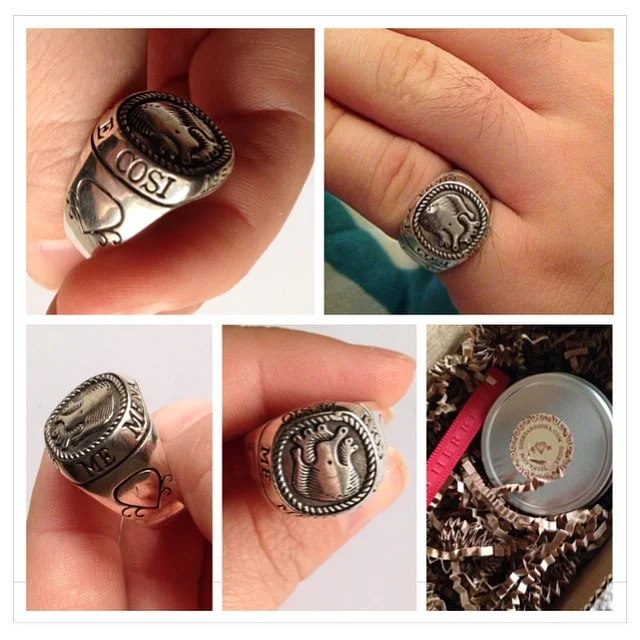Embracing The Blues
/December lays claim to three beautiful birthstones; Zircon, Tanzanite and Turquoise. Each of these gemstones are available in various unique blue tones. So embracing the December blues might not be such a bad thing when it comes to gemstones!
Sensational Zircon
Zircon Diamond Gold Dangle Earrings, OFFERED BY SIXTH AVENUE FINE JEWELERS
Retro 8 Carat Intense Blue Zircon Platinum Ring, Offered By Rive Gauche Jewelry
Matched Blue Zircon Gold Princess Dangle Earrings, OFFERED BY SZOR COLLECTIONS
Tantalizing Tanzanite
Dangling Tanzanite Tear Drop Diamond Gold Earrings, OFFERED BY TAKAT
Beaudry Diamond Tanzanite Platinum Enagement Ring, OFFERED BY DOVER JEWELRY
Barbara Heinrich Tanzanite Gold Necklace, OFFERED BY SZOR COLLECTIONS
Terrific Turquoise
Late Victorian Era Turquoise Old Diamond Halo Ring, OFFERED BY ERAGEM
Turquoise Diamond gold Ear Clips, OFFERED BY JACOB'S DIAMOND & ESTATE JEWELRY
French Turquoise Diamond Gold Locket, OFFERED BY BELL AND BIRD
